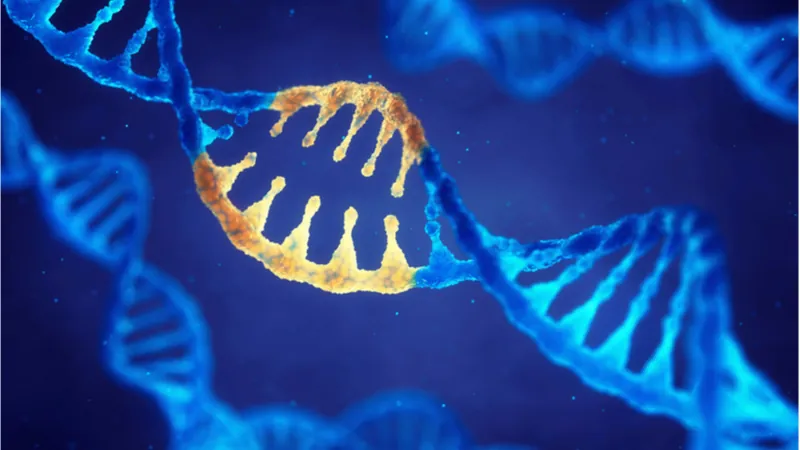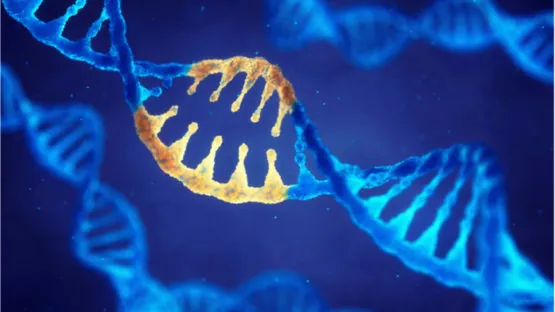A new perspective published in Cell explains a direct link between genomic instability and age-related diseases [1].
Somatic mutations
Mutation is normally explained as the driving force behind evolution, as changes in the germ lines of organisms result in beneficial and harmful mutations to organisms. The organisms with the harmful mutations die off and the ones with the beneficial mutations pass them on to future generations, resulting in speciation and the diversity of life on Earth we see today.
However, the germ line, which is responsible for the creation of future generations, is not the only thing that mutates. Mutations also occur within organisms as well, as DNA is damaged over time. This damage is known as genomic instability, and it is one of the primary hallmarks of aging, leading to multiple negative downstream effects.
The authors of this review refer to the resulting differences between cells as somatic mosaicism, and they describe how new genetic sequencing technology is able to categorize these mutations. As they explain, these mutations are actually more common per cell than germline mutations, as germ cells have defenses against mutation that somatic cells do not.
Mutating towards aging and cancer
The researchers point out the relationship between aging and heritable genetic diseases, as some diseases require both inherited DNA and somatic mutations to occur. They also hypothesize that genetic mutation may be behind cells’ loss of ability to properly process proteins and to remove themselves when they are diseased; according to this hypothesis, these mutant cells directly lead to proteostasis diseases such as Alzheimer’s.
Additionally, a form of evolution happens within somatic cells as well. Mutations that favor the mutant cell over ordinary cells can be selected for. Upon exposure to UV radiation, skin cells can mutate, and these mutant skin cells can outcompete their ordinary counterparts. These cells are not yet cancerous, but they are more prone to cancer than normal skin cells. This perspective cites data that these sorts of mutations also occur in the lungs, leading to COPD in smokers, and when they occur in blood and arterial cells, they may be a partial cause of atherosclerotic diseases in all individuals.
The reviewers discuss the role of two other hallmarks of aging, telomere attrition and epigenetic alterations, in leading to the transcriptional noise that differentiates cells that should be identical.
Abstract
Age-related accumulation of postzygotic DNA mutations results in tissue genetic heterogeneity known as somatic mosaicism. Although implicated in aging as early as the 1950s, somatic mutations in normal tissue have been difficult to study because of their low allele fractions. With the recent emergence of cost-effective high-throughput sequencing down to the single-cell level, enormous progress has been made in our capability to quantitatively analyze somatic mutations in human tissue in relation to aging and disease. Here we first review how recent technological progress has opened up this field, providing the first broad sets of quantitative information on somatic mutations in vivo necessary to gain insight into their possible causal role in human aging and disease. We then propose three major mechanisms that can lead from accumulated de novo mutations across tissues to cell functional loss and human disease.
Conclusion
Obviously, a direct link between genomic instability and age-related diseases is not good news, as genomic instability is one of the most difficult hallmarks to do anything about; intensive gene therapy would be required to restore genomically compromised somatic cells back to their original state, assuming that they cannot be replaced by genomically uncompromised stem cells.
However, in science, we must go where the research leads us. If this perspective is correct and aging is more directly driven by genomic instability than most researchers believe, then more efforts should be put towards genomic solutions that directly address this particular upstream hallmark of aging.
Literature



